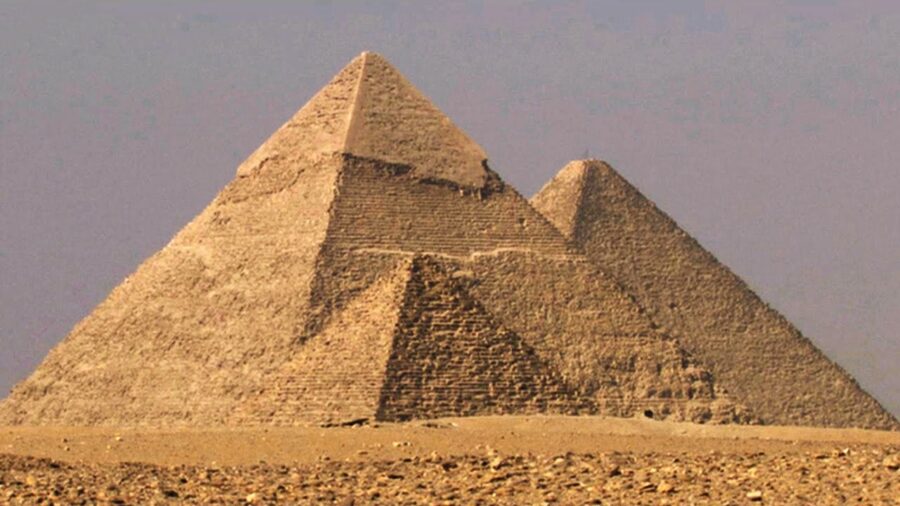Ancient Egyptian Cemetery Reveals Rare Finds Including Historic Book Of The Dead

In exciting news for archeology enthusiasts, Live Science reports that recent excavations in central Egypt unearthed an incredible abundance of ancient artifacts, including and especially a lengthy papyrus of the Book of the Dead. Located in Tuna al-Gebel, the 3,500-year-old cemetery dates back to Ancient Egypt’s New Kingdom period, dating from 1550 to 1070 BCE.
An ancient copy of the Egyptian Book of the Dead, dating back 3,500 years, was unearthed in a cemetery.
Additionally, the Egyptian cemetery contains much more than mummies, but also a variety of “shabti” (or ushabti) figurines, sarcophagi, and amulets, the Egyptian Ministry of Tourism and Antiquities revealed. The shabti figurines, in particular, retain a remarkable degree of cultural significance and were believed by the ancient Egyptians to help the deceased in the afterlife. That being said, the previously mentioned Book of the Dead papyrus is of pronounced importance—and prominent physical length, measuring an impressive 43 to 49 feet in length.
While the discovery in the Egyptian cemetery abounds in significance—and might tempt overexcited horror movie fans to imagine something supernatural is afoot—specific details concerning this particular Book of the Dead remain elusive.
Though the immense papyrus text found in the Egyptian cemetery is often referred to as the Book of the Dead, it’s functionally a collection of ancient funerary documents. These texts were considered vital in aiding the deceased through navigating the challenges of the underworld. The ancient Egyptians, it should be remembered, referred to the text by a different name, usually translated as the Book of Coming Forth by Day. It was a common practice to bury excerpts from the text beside the deceased.

While the discovery in the Egyptian cemetery abounds in significance—and might tempt overexcited horror movie fans to imagine something supernatural is afoot—specific details concerning this particular Book of the Dead remain elusive. For instance, the ministry’s press release neglected to reveal precisely which texts are included within the papyrus find. Nor has the ministry identified the individual with whom it was buried, released photographs of the papyrus, or offered additional, contextualizing commentary.
That being said, the academic community is nonetheless awash with interest and enthusiasm. Esteemed egyptologist of The University of Chicago, Foy Scalf, underscored the sheer rarity of discovering a Book of the Dead in its original burial site, the Egyptian cemetery. While Lara Weiss from the Roemer and Pelizaeus Museum in Germany—a scholar especially recognized for her expertise on The Book of the Dead—conveyed that, if the papyrus is as well preserved as it is impressively long, the find would be remarkable indeed.
Additionally, the excavation helps to shed light on other historical figures from the period. The discovered mummies include that of the daughter Djehuty, who lived 3,500 years ago and was a high-ranking priest of the god Amun. Another coffin, apparently belonging to a woman who functioned as a singer in the temple of Amun (a deity associated with the sun and the historic city of Thebes), was unearthed in the Egyptian cemetery.
Esteemed egyptologist of The University of Chicago, Foy Scalf, underscored the sheer rarity of discovering a Book of the Dead in its original burial site, the Egyptian cemetery.
Archeologists furthermore uncovered numerous canopic jars, which were traditionally used to store the organs of the deceased. The one-of-a-kind site additionally included the remnants of stone sarcophagi, which would have enclosed the less durable wooden coffins.
The world eagerly awaits further revelations from the ancient Egyptian cemetery as excavations and detailed analyses are still in progress.












